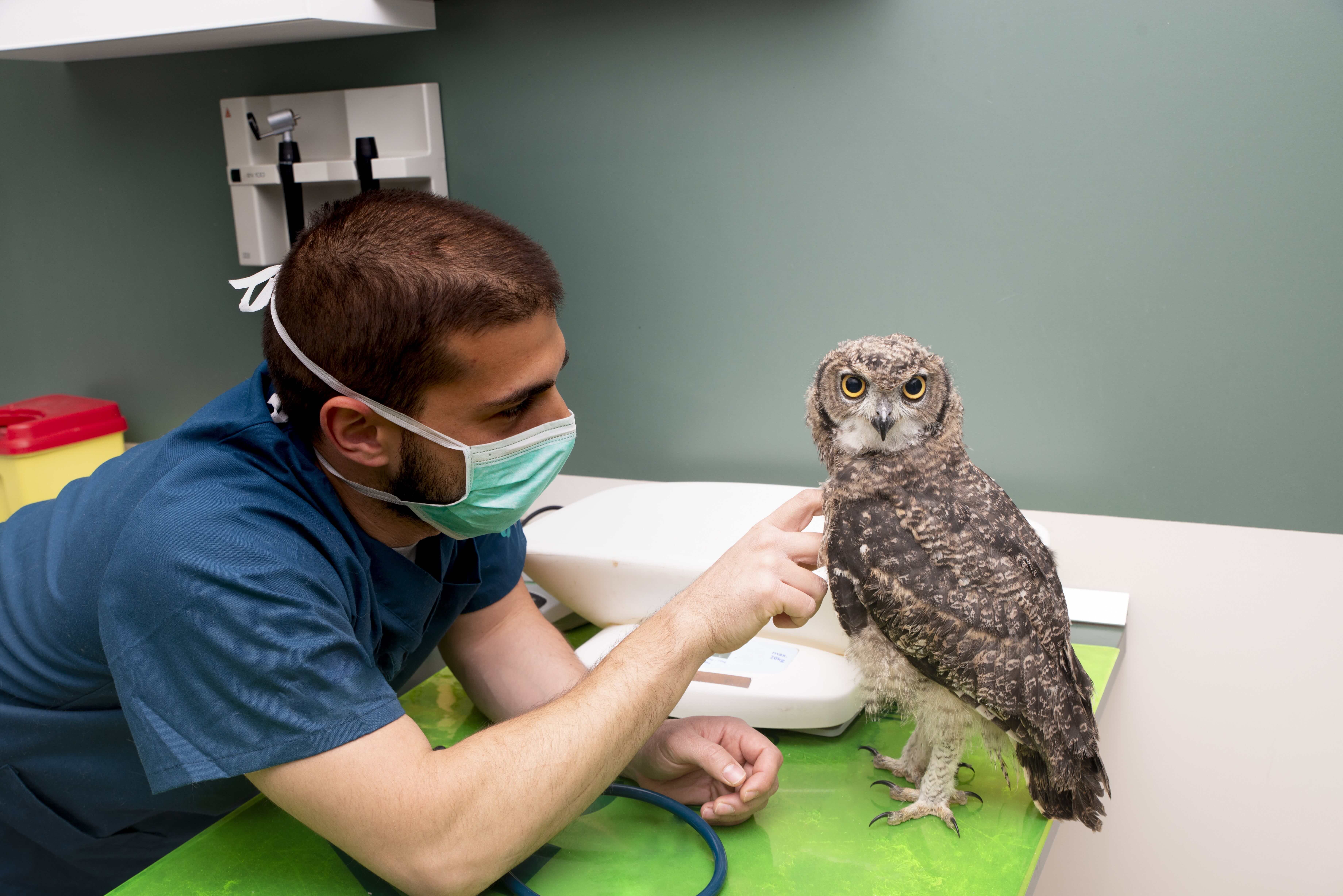Evaluation of Threaded External Skeletal Fixation Pin Insertion with and without Pre-Drilling in Avian Bone
Abstract: The aim of this study was to document the effects of positive-profile threaded external skeletal fixation (ESF) pin insertion without predrilling on heat generation, structural damage and pullout strength in avian bone than that with predrilling. This study was an ex vivo study.
Twenty paired tibiotarsi and 40 paired humeri from 20 Mallard duck cadavers were used. Specimens were randomized to have positive-profile threaded ESF pins placed with or without predrilling insertion sites. Heat generation (maximum-baseline temperature) was measured during drilling and pin insertion with infrared thermography. Structural damage (gross trans-cortical damage and thread quality) was evaluated and scored using a visual analog scale (VAS). Mechanical testing was performed to evaluate pullout strength of inserted pins.
VAS scores for trans-cortical surfaces were significantly higher than for cis-cortical surfaces; however, no difference was noted between predrilled and non-predrilled specimens. No significant difference in heat generation or pullout strength was noted between pins placed with and without predrilling.
Pin insertion without predrilling in avian humeri and tibiotarsi does not cause significantly more structural damage or heat generation, or reduced pullout strength, compared with predrilling. Overall, our results indicate that predrilling prior to ESF pin placement provides no obvious advantage in avian bone.
Reference: Griselda Lam, Jacqueline Tai Li Nelson, Feng Wei, Sun-Young Kim (2020) Vet Comp Orthop Traumatol Jan;33(1):28-35
| Interested in learning more about thermal imaging? Request a demonstration with Digatherm and discover how veterinary thermography can help you find problem areas faster and easily monitor treatment progress. |

